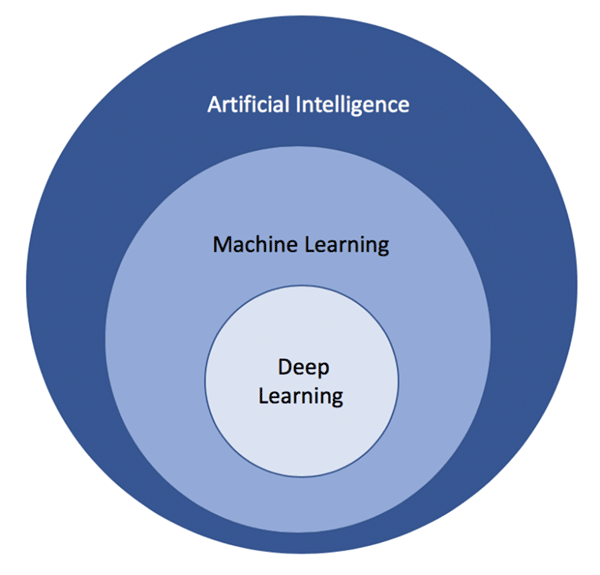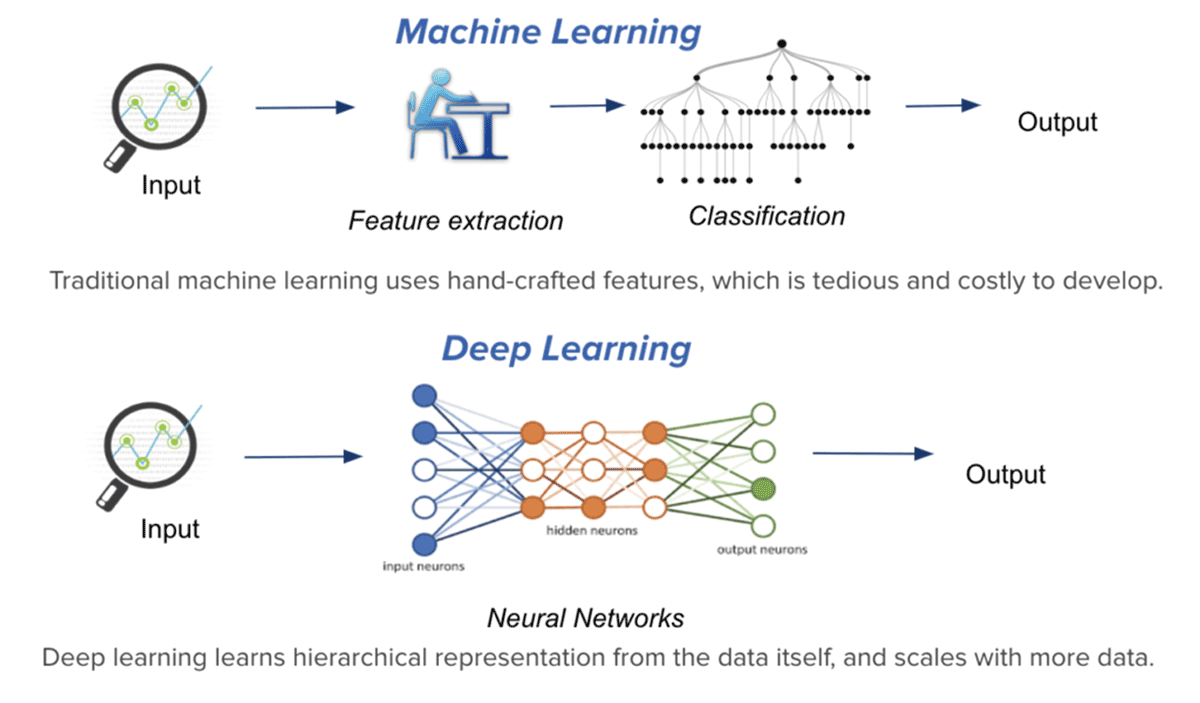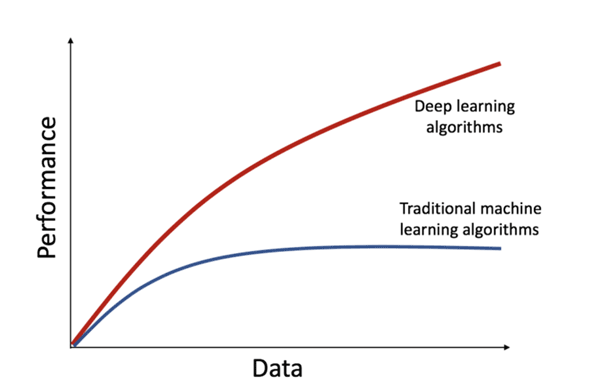What Is Deep Learning And How Is It Different From Machine Learning?
Much of the progress we’ve seen in artificial intelligence in the past five years is due to deep learning. Advances in software algorithm models, processing power and dramatically lower costs have put deep learning within reach of more companies, opening the door for broader innovation in products and services, and also supporting the execution of complex business processes.
However, the terms artificial intelligence, deep learning and machine learning are often used interchangeably. That can be confusing if you are not aware of the distinction, so this blog clarifies what these terms are.
- Artificial Intelligence- The broad concept of using non-biological intelligence to process data, interpret it and derive learnings to inform decision making. Machine learning and deep learning are a subset of AI.
- Machine Learning – the study of how to build mathematical models from data to help inform decision making. For example, since the early 2000s face detection in compact digital cameras has used machine learning algorithms to automatically focus, adjust lighting, and perform other functions to improve picture quality.
- Deep Learning – a family of methods within machine learning that uses available data to learn a hierarchy of representations useful for certain tasks. While in traditional machine learning a lot of human expert effort is needed to define the set of features to represent the data, there is no feature engineering involved in deep learning. The system learns the best representation of the data by itself to produce the most accurate results.

Figure 1: Deep learning is a subset of machine learning and AI
Let’s take the example of a security product that is being built to identify threats in Figure 2 below. With traditional machine learning, an engineer or machine learning expert would need to define features that can separate “threat” and “non-threat” before he/she can train a machine learning model that can give verdicts based on these features. The inherent limitation of this is that it is extremely difficult to handcraft these features. In contrast, with deep learning, an engineer would not need to manually define the features for the model. Given a set of benign data (“not threats”) and diverse set of threats (“threats”), a deep learning system can learn what characteristics define a “threat” or malicious intent. This model can then be used to detect a variety of different threats, even ones that seemingly look very novel. Check out the lightboard video I recorded recently on the differences between machine learning and deep learning.

Figure 2: Deep learning versus machine learning in cybersecurity
Advantages of Deep Learning Versus Machine Learning
Deep learning algorithms can build more effective models from large amounts of data compared to traditional machine learning algorithms, as seen in Figure 3.

Figure 3: Deep learning performance versus traditional machine learning
There are several advantages of deep learning versus traditional machine learning:
- Deep learning algorithms thrive on big data – The generalization error bound shrinks as the training data set size increases. This means that while deep learning continues to excel in performance and efficacy, traditional machine learning systems will plateau at some point no matter how much more data you train it with.
- Deep learning models can represent complex non-linear separating functions – Certain tasks require the ability to learn complex concepts, deep learning is the ideal technique to solve this. No feature engineering is required and therefore minimizes the likelihood of introducing human bias to the model.
- Deep learning can harness parallel computational power to learn better models – with the fast advances of GPUs, deep learning models can be trained and optimized in a more efficient manner than before.
Some services that have shifted from traditional machine learning to deep learning include face detection, speech recognition and language translation.
(Arri Ciptadi is a principal machine learning scientist at Blue Hexagon, a deep learning company. This post originally appeared on the Blue Hexagon blog, which can be viewed here).
